JOHTAVA OHJELMISTO YLI 80 MAASSA
Ohjelmisto ympäristövaikutusten arviointiin
SimaPro on ohjelmisto tuotteiden ja prosessien ympäristövaikutusten arviointiin. Ohjelmiston avulla voitte laatia tieteeseen perustuvia ympäristöselosteita, CSRD-raportteja, Scope 3 -laskelmia sekä strategioita ympäristövaikutusten vähentämiseksi.
Uusi ilmainen kurssi
Tutustu maksuttomaan verkkokurssiimme, jossa opit vaiheittain, miten tehdä kehdosta porttiin -mallinnus SimaProlla.
SimaPron käyttäjät


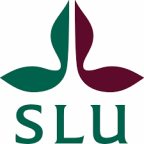




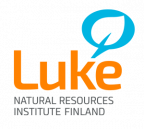
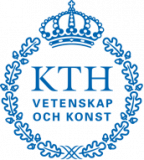















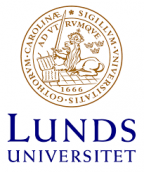










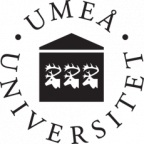
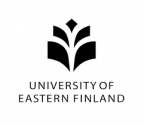











Mikä on SimaPro?
Yksi SimaPro-lisenssi antaa pääsyn parhaisiin LCI-datakirjastoihin ja tekee mahdolliseksi ISO-standardien mukaisen työskentelyprosessin sekä tuotteiden ympäristöselosteiden (EPD) laatimisen. SimaPro on ympäristövaikutusten laskentatyökalu, joka joustaa tarpeidenne mukaisesti.
Läpinäkyvä
SimaPro tarjoaa täyden läpinäkyvyyden välttäen piilotetut oletukset. Saatte täyden näkemyksen materiaalien ja prosessien tietokannoista. Voitte visualisoida elinkaaren kaikki materiaalit ja prosessit vuokaavioina sekä jäljittää ympäristövaikutusten lähteet pienimpään yksityiskohtaan saakka. Tämä luo edellytykset tietoisille valinnoille ja edistyksellisille laskelmille.
Kustannustehokas
SimaPro-ohjelmistosta on saatavilla erilaisia lisenssejä eri tarpeisiin.
Yhteen lisenssiin ja päivityssopimukseen sisältyy useita datakirjastoja, joissa on tuhansittain yleistä dataa.
Lisenssiin sisältyy kaikki yleisesti tunnustetut ympäristövaikutusten arvioinnin menetelmät.
Palvelusopimukseen kuuluu lähes rajoittamaton tuotetuki.
SimaPro tarjoaa työkalun rajattomalle kasvulle ja kehittymiselle.
Varma
SimaPro-ohjelmistoa on kehitetty vuodesta 1992 lähtien samaan tahtiin ISO 14 000 -standardin, Agenda 21 -ohjelman sekä kansainvälisen elinkaariarviointityön kanssa. Sen ytimessä on kulttuuri, jossa tieteelliset metodit, läpinäkyvyys ja järjestelmäanalyysit kohtaavat samanarvoisina. Nämä arvot ovat varmistaneet uskottavuuden, merkityksellisyyden ja terveen kilpailun. Siksi SimaPro jatkaa kehitystään kunnianhimoisten ja intohimoisten työntekijöiden ja kumppaneiden kanssa.

Tuotteiden ja liiketoiminnan kehittäminen
Lisenssit yrityksille
Lisenssit yrityksille, jotka etsivät varmaa ja läpinäkyvää LCA-ohjelmistoa ympäristötuoteselosteita (EPD), kestävyysraportointia, hiilijalanjäljen laskentaa, tuotekehitystä tai KPI-mittareita varten.
- Luottamusta kestävyyttä koskevaan päätöksentekoon ja viestintään
- Täyttää EN 15804, ISO 14067 ja 14044 -standardit
koulutus ja osaamisen kehittäminen
Lisenssit koulutukseen
Koulutuslisenssit on suunniteltu akateemisiin tarkoituksiin. SimaPro on käytössä sadoissa yliopistoissa ympäri maailmaa. Se perustuu tieteeseen ja mahdollistaa läpinäkyvät elinkaaret. SimaPro tarjoaa täyden näkyvyyden tietokantoihin ja yksikköprosesseihin, mikä on välttämätöntä tietoon perustuvien päätösten ja johtopäätösten tekemiseksi.
- Perustuu tieteeseen
- Täysin läpinäkyvä

Meistä
Miljögiraff on paikallinen SimaPro-kumppani Suomessa ja Ruotsissa
Voidakseen tarjota parasta tukea paikallisesti eri alueilla SimaProlla on kumppaneita ympäri maailmaa. Ruotsalainen Miljögiraff on SimaPron maailmanlaajuisen kumppaniverkoston edustaja Ruotsissa ja Suomessa. Pyytäessäsi tukea SimaPron käyttöön saat yhteyden johonkin Miljögiraffin työntekijöistä.
Miljögiraff on vuodesta 2003 tehnyt töitä auttaakseen asiakkaitaan kehittämään kestäviä tuotteita ja strategioita. Olemme SimaPron asiantuntijoita ja tiedämme, miten tehdä mitattavaa vastuullisuustyötä.
Uskomme, että mitä enemmän teemme yhteistyötä, sitä enemmän kestävän kehityksen arvo kasvaa. Jotta onnistumme muuttumaan kestäväksi yhteiskunnaksi, meidän on oltava avoimia ja pyrittävä yhteisiin tavoitteisiin.
Voimme vaikuttaa tekemällä tästä työtä entistäkin selkeämpää ja mitattavampaa.

LCA-asiantuntija

LCA-asiantuntija
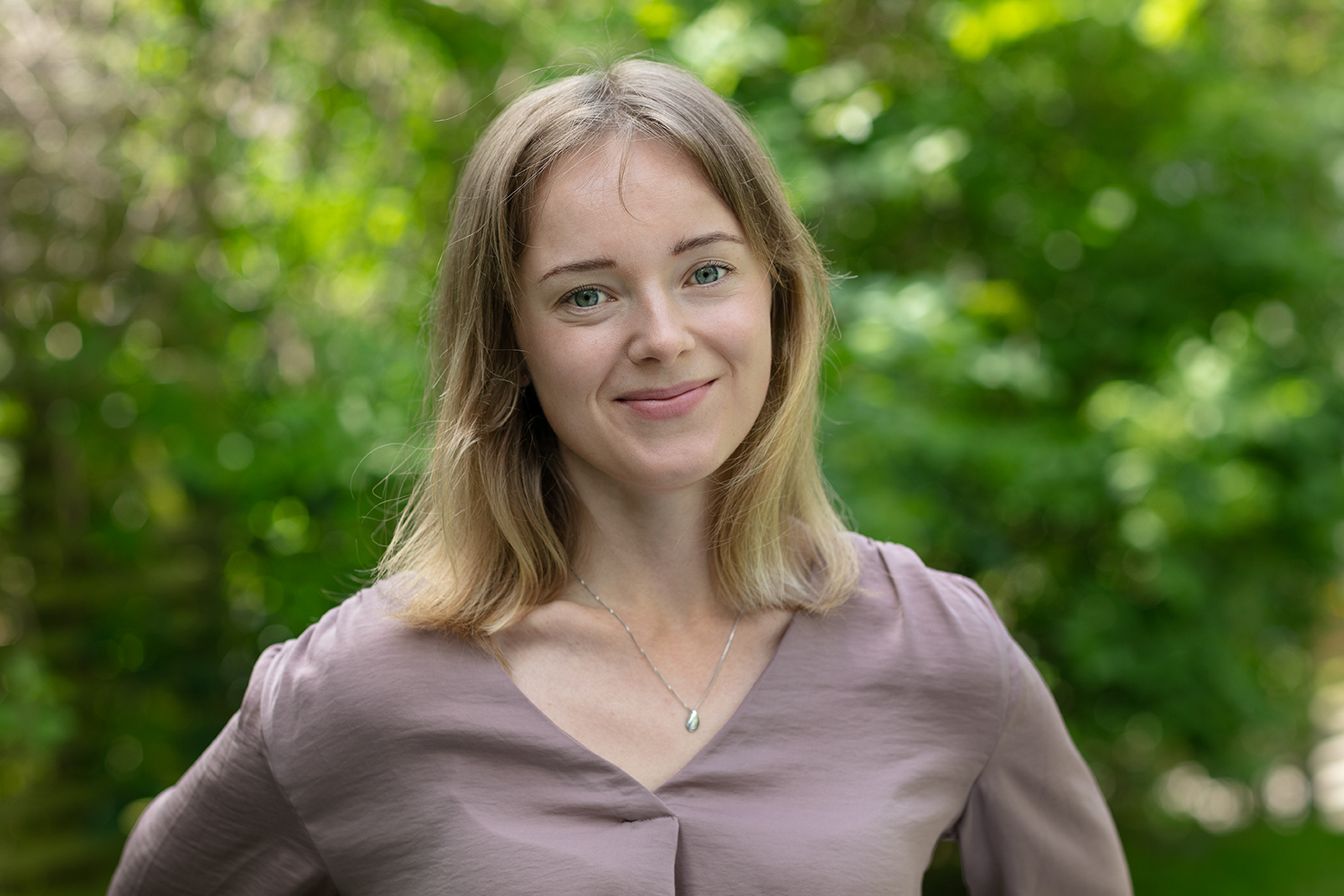
LCA-asiantuntija
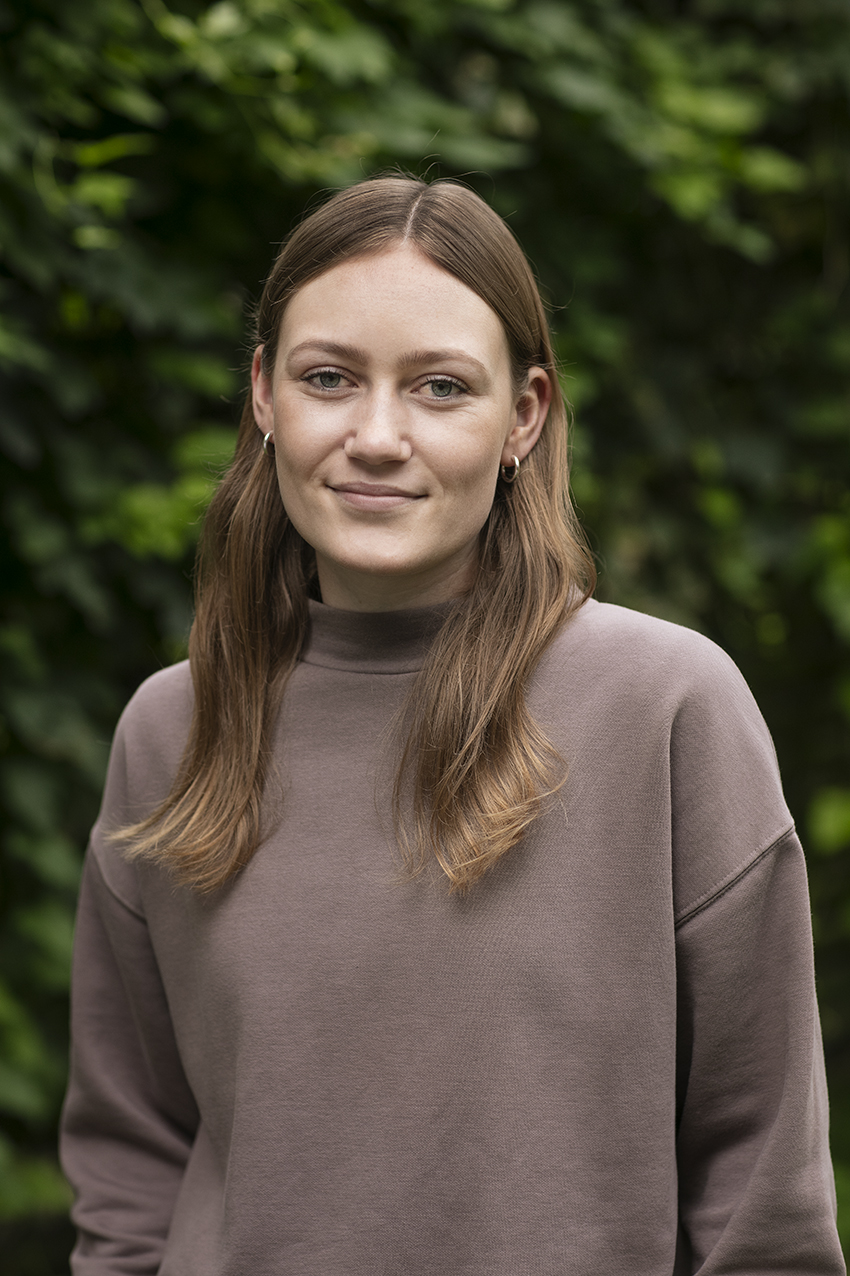
LCA-asiantuntija
PRÉ SUSTAINABILITY
Yritys ohjelmiston takana
PRé Sustainability on maailman johtava toimija tuotteiden, yritysten ja toimialojen ympäristöarvioinneissa. Heidän tavoitteenaan on luoda liiketoiminta-arvoa asettamalla kestävyydelle mittarit. PRé Sustainability on elinkaarianalyysin ja kestävyystietojen kehittämisen eturintamassa.
PRé Sustainability
PRé Sustainability auttaa kumppaneitaan kehittämään ja integroimaan näyttöön perustuvia kestävän kehityksen strategioita hyödyntäen pitkäaikaista kokemustaan elinkaariarvioinnista. PRé edistää elinkaariarvioinnin metodologioita tuotteiden, liiketoiminnan ja eri sektoreiden kehittämisessä.
Globaali Simapro-verkosto
Globaalilla verkostolla on laaja asiantuntemus, ja se tarjoaa vertaansa vailla olevaa maailmanlaajuista palvelua. Verkoston yritykset voivat myös fasilitoida suuria kansainvälisiä hankkeita yhden tai useamman asiakkaan kanssa.
Eettiset perusarvot
Haluamme auttaa palauttamaan planeettamme ja yritystemme kestävyyden pitkällä aikavälillä.
Teemme tämän sitoutumalla kumppanuuksiin, joiden keskiössä on avoimuus, laatu ja tarkkuus. Lue lisää keskeisistä eettisistä arvoistamme täältä.